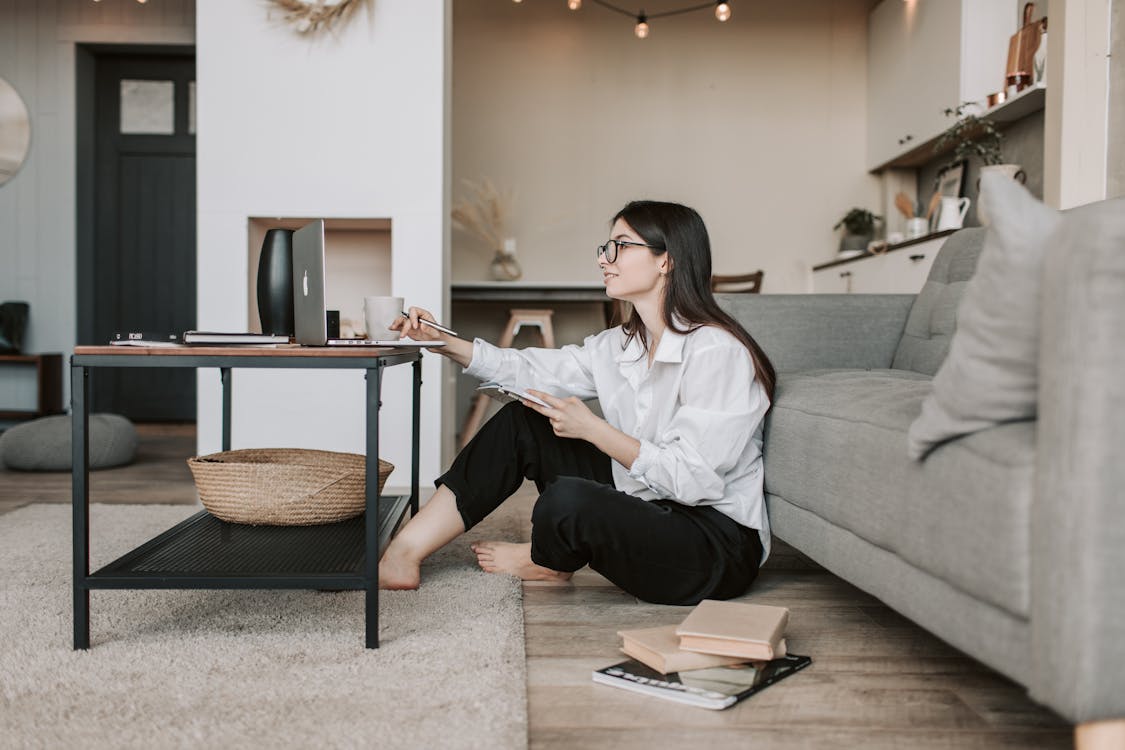
Living Big in Small Spaces: The Student Apartment Experience
University life commonly indicates welcoming the art of living smartly in smaller spaces. Whether you're adapting to your first solo studio or showing roommates in a comfortable arrangement, identifying how to take advantage of every square foot can seriously elevate your comfort, productivity, and overall well-being. Trainee homes today aren't just puts to rest in between courses; they're home bases for research marathons, social hangs, and some much-needed personal downtime.
Small areas come with large potential, and discovering just how to maximize them can make a major distinction in just how smoothly your school year unfolds. With some intention, creativity, and a little experimentation, you can turn also the tightest format right into a useful and welcoming place.
Searching For Balance: Functionality Meets Personality
When you initially walk into a smaller sized home, the blank canvas can really feel both interesting and a little complicated. You may be wondering where whatever will go or just how to stay clear of clutter while still feeling at home. The vital hinge on striking an equilibrium between capability and individuality.
For trainees, that usually begins with zoning out the home into purposeful locations, even if they're just edges. Your bed could be steps away from your desk, yet subtle aesthetic cues like rugs, lighting, or shelving can produce the impression of different zones. Including your favorite art prints, a color palette that calms or energizes you, and small things from home can additionally bring warmth without taking up additional area.
Storage Space That Doesn't Steal Square Footage
The solitary most significant challenge in small student apartments is storage. Textbooks, seasonal clothes, cleaning up materials, and kitchen gear all require homes, however conventional bulky furnishings isn't the solution. That's where multi-purpose pieces come in.
Assume beds with cabinets below, footrests that function as containers, or desks with upright shelving. Every thing needs to draw double responsibility when possible. For instance, a slim table can work as a dining room during dishes and a laptop station during research hours.
In small apartment in Tempe, vertical room is usually your friend. From hooks on doors to floating shelves and stackable storage space dices, utilizing your walls efficiently can prevent the feared flooring sprawl that makes any little area really feel more confined.
Smart Layouts for Shared Living
If you're sharing with a roomie, interaction becomes part of your space-saving approach. In a two-bedroom apartment in Tempe, it's essential to concur early on how common areas like the cooking area, living location, and washroom will certainly work.
Split up storage zones, establish ground rules for typical areas, and take into consideration buying furniture that promotes circulation and visibility. Portable sectionals, retractable dining tables, or modular shelfs can aid preserve a feeling of openness without endangering comfort.
It additionally assists to keep style cohesive in common zones. Even if each flatmate has a special style in their personal room, a merged aesthetic in the living room can develop a sense of calmness and make the space really feel more extensive.
Researching in Style: Carving Out a Productive Nook
One of one of the most essential functions of any kind of student home is a space that supports focus. A specialized research location, no matter how small, can educate your mind to get involved in job setting quicker. It does not have to be an actual office-- it could be an edge of the living-room, a section of your cooking area counter, or a fold-down wall webpage desk.
Good lighting is key. If you do not have access to natural light throughout research study hours, use a daylight-tone LED lamp that maintains you sharp. Surround on your own with simply the fundamentals: your laptop, a couple of research tools, and perhaps a plant or framed picture for inspiration.
Distraction-free areas are essential, particularly when living in tighter quarters. Establishing a policy for "quiet hours" or making use of noise-canceling headphones can develop a sense of splitting up from roommates or the bordering hustle and bustle.
Taking advantage of University Housing in Tempe
Living in university housing in Tempe ways you're currently near your courses, campus resources, and fellow students. This integrated comfort offers you the flexibility to simplify your day-to-day regimen. You can spend less time commuting and even more time appreciating your space, so why not maximize it to show your way of living and scholastic goals?
Living near campus commonly suggests that homes are made with pupils in mind. Smaller sized footprints urge smarter living, and close-by amenities reduce the need for extreme storage. Maybe you don't require a large kitchen area arrangement if dining options are close by. Perhaps you can avoid a big home entertainment arrangement if common lounges or group areas are readily available in your building.
Use what's around you to your benefit, and concentrate your energy on making your personal room comfy and functional.
Small Apartment Living That Works for You
Trainee life is vibrant. Your demands transform throughout the semester, and your house must have the ability to bend with you. As your timetable changes from midterms to finals to breaks, do not hesitate to reconfigure your area. Relocate furnishings, switch over out style, or develop temporary terminals for brand-new behaviors or leisure activities.
Staying in a tiny area while managing school, social life, and every little thing in between may seem tough in the beginning, yet with the appropriate state of mind, it can become an imaginative journey. These apartment or condos are more than simply four wall surfaces-- they're a blank web page waiting on your very own expression.
For more ideas, ideas, and updates customized to student living, make sure to follow this blog and inspect back frequently for fresh tackles taking advantage of your space.
Comments on “Tips for Making Small Student Apartments Work”